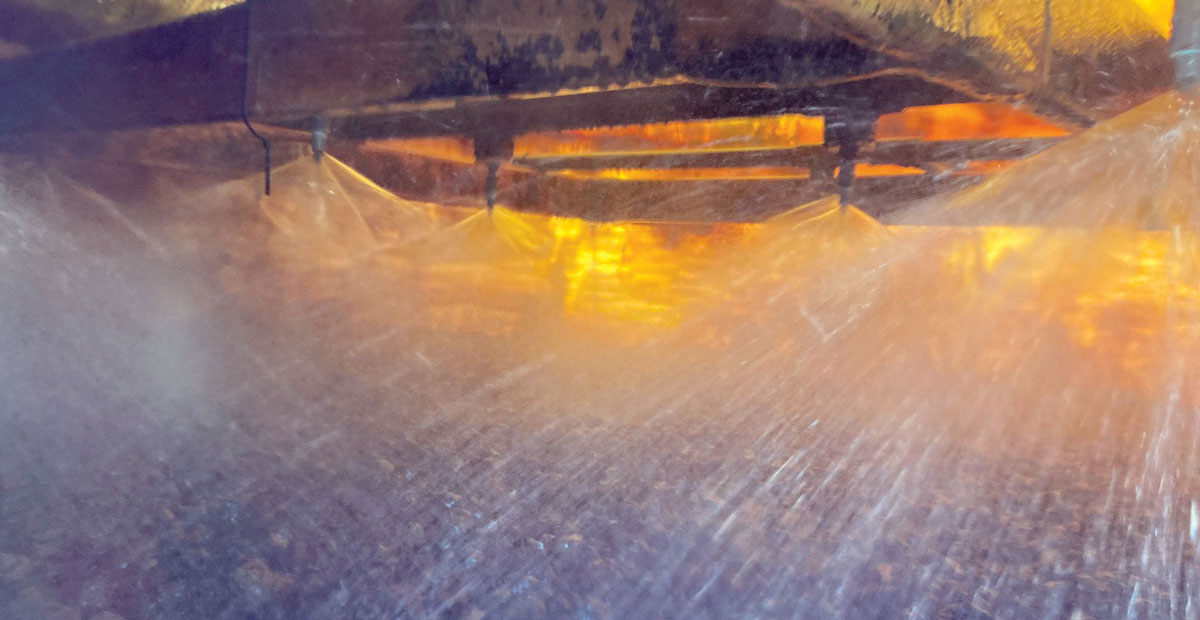
Reclaimed water can support biofilm growth and long-term biofilter system sustainability.
Biological odor control systems rely on microbial activity to degrade odor-causing compounds such as hydrogen sulfide (H2S), ammonia (NH3), and volatile organic compounds (VOCs). Properly maintaining these systems requires a consistent and controlled supply of make-up water to sustain microbial communities and ensure system longevity.
Reclaimed Water (RW) is treated municipal wastewater effluent that has undergone secondary or tertiary treatment and disinfection. It is a sustainable, non-potable water supply commonly used for irrigation, cooling, industrial processes, and odor control biofilters. For biofiltration applications, RW provides a consistent and economical spray/recirculation source that supports biofilm growth and long-term system stability.
Water Quality Specifications for Reclaimed Water
The following table outlines optimal water quality parameters necessary for effective system performance:
| Parameter | Optimal Range | Notes |
|---|---|---|
| Residual Chlorine | 2 – 5 ppm | Maintained for disinfection. Readily consumed by biofilm and media. Not inhibitory to Thiobacillus species at this level. |
| pH | 6.5 – 8.0 | Near neutral. Suitable for microbial activity. Occasional seasonal shifts possible. |
| Temperature | 50 – 80 °F (13 – 27 °C) | Seasonal variation depending on climate and process. |
| Tubidity | <5 NTU | Meets RW reuse standards. Supports reliable nozzle operation. |
| Totl Suspended Solids (TSS) | <10 mg/L | Low solids content reduces clogging risk. Filtration still recommended. |
| Biochemical Oxygen Demand (BOD) | <10 mg/L | Very low organic strength. Not a significant nutrient source. |
| Nutrients (N, P) | Trace (< 5 mg/L TN, <1 mg/L TP) | Provides minor microbial support. Supplemental nutrients may be required. |
| Hardness / Alkalinity | 50 – 200 mg/L as CaCO3 | Varies with source. Contributes to buffering capacity. |
| Metals | Generally non-detect to trace | RW meets state discharge/reuse limits. No adverse effect expected on media. |
| Pathogens | Disinfected effluent | Not for potable use. Requires standard RW handling protocols. |
Suitability for Biofiltration
- Residual Chlorine Management: At 2–5 ppm, chlorine is quickly neutralized by the media and biofilm, avoiding long-term impacts on Thiobacillus stability and odor removal performance.
- Nutrient Profile: Trace nutrients (nitrogen, phosphorus) are not required for sulfur-oxidizing bacteria but may provide marginal support for heterotrophic activity.
- Low Solids Content: RW effluent contains minimal TSS; filtration/straining is still recommended to protect distribution nozzles and piping.
- Temperature and pH: RW provides a stable environment well within the range needed for sulfur-oxidizing bacteria.